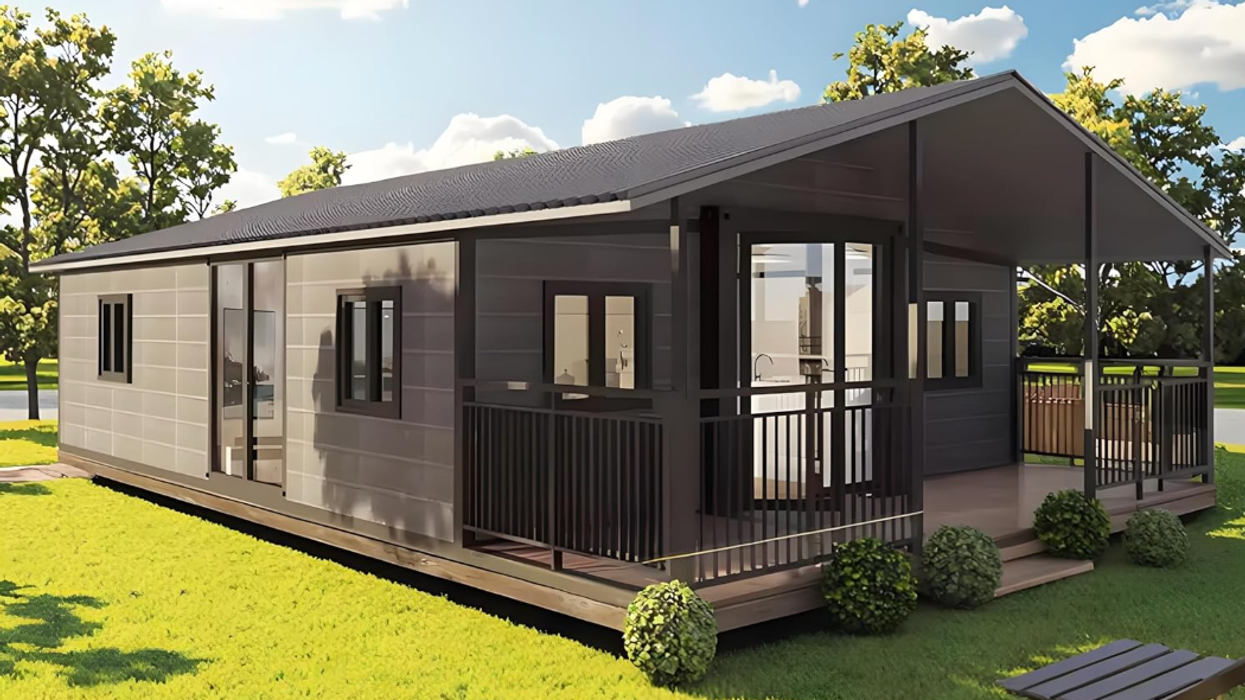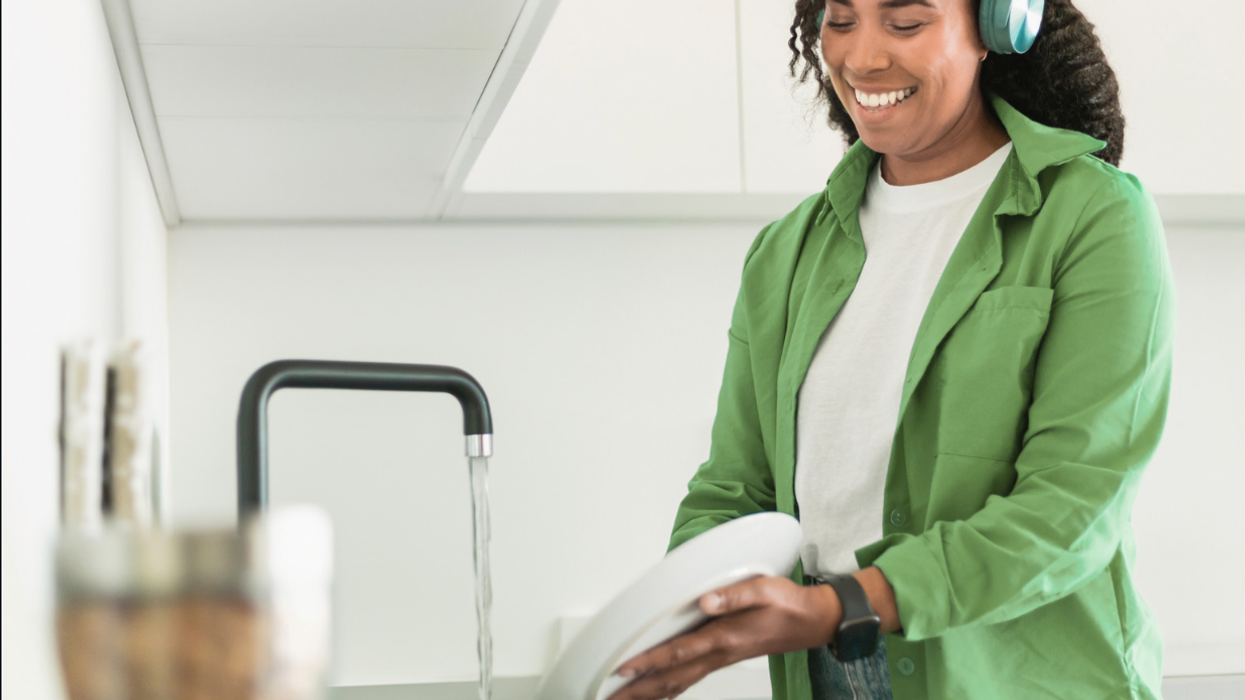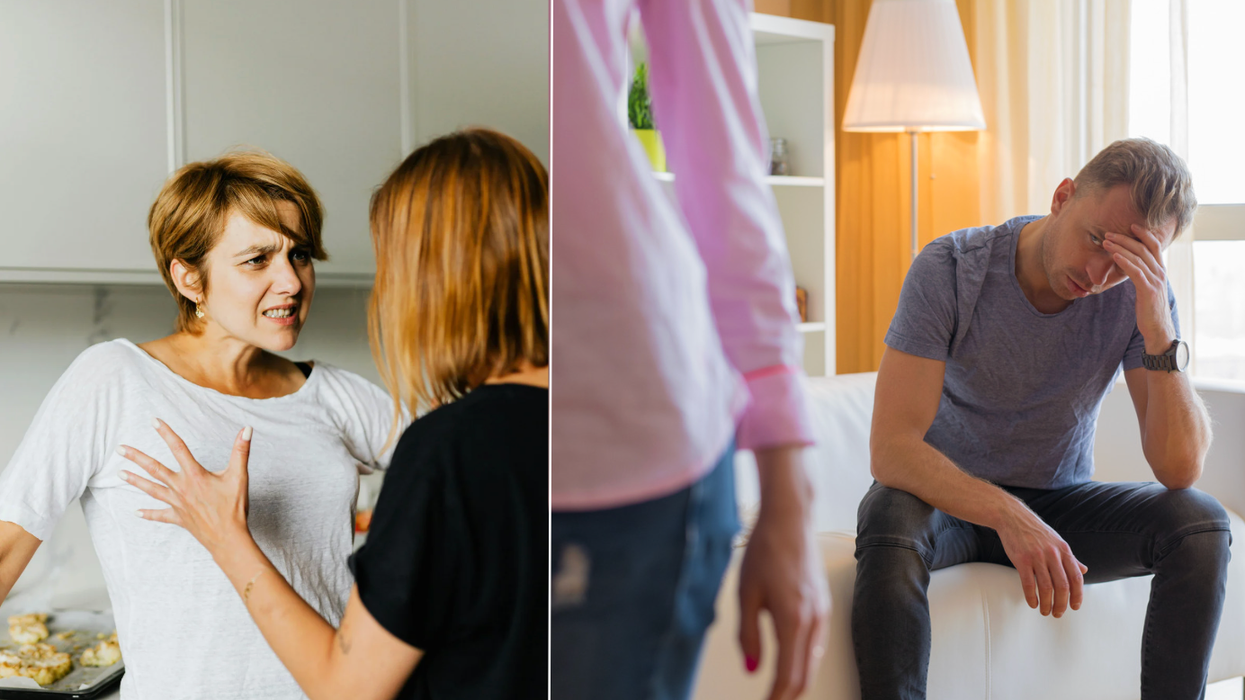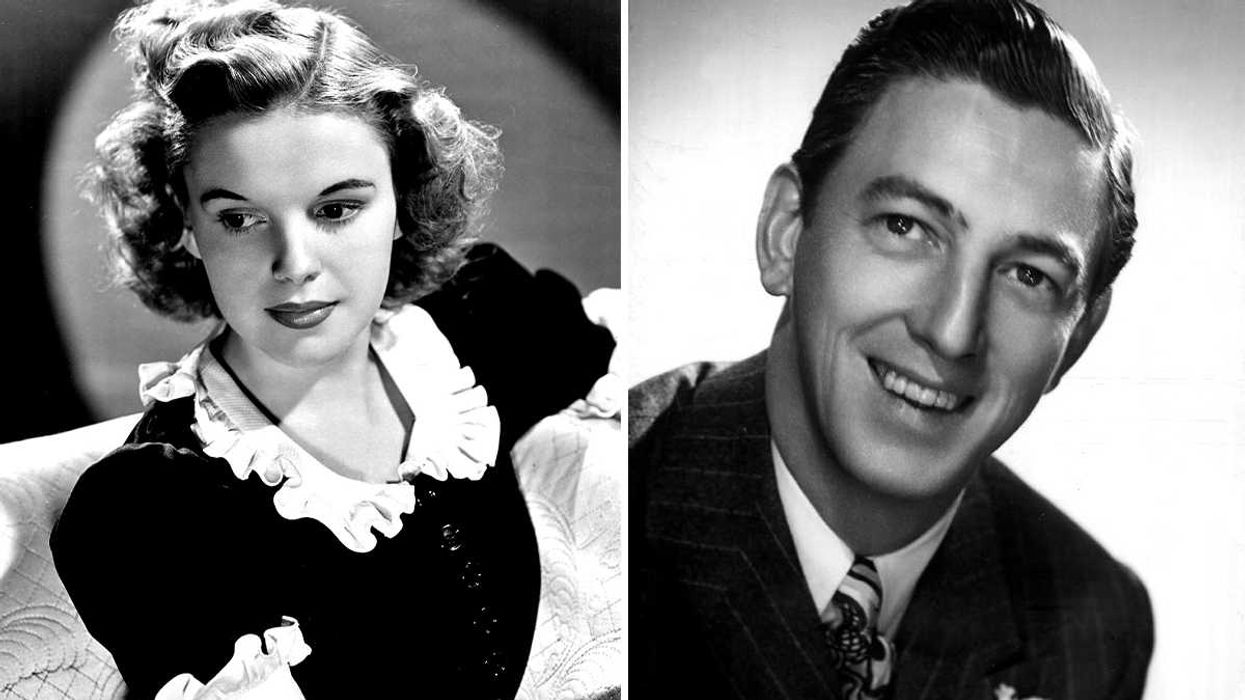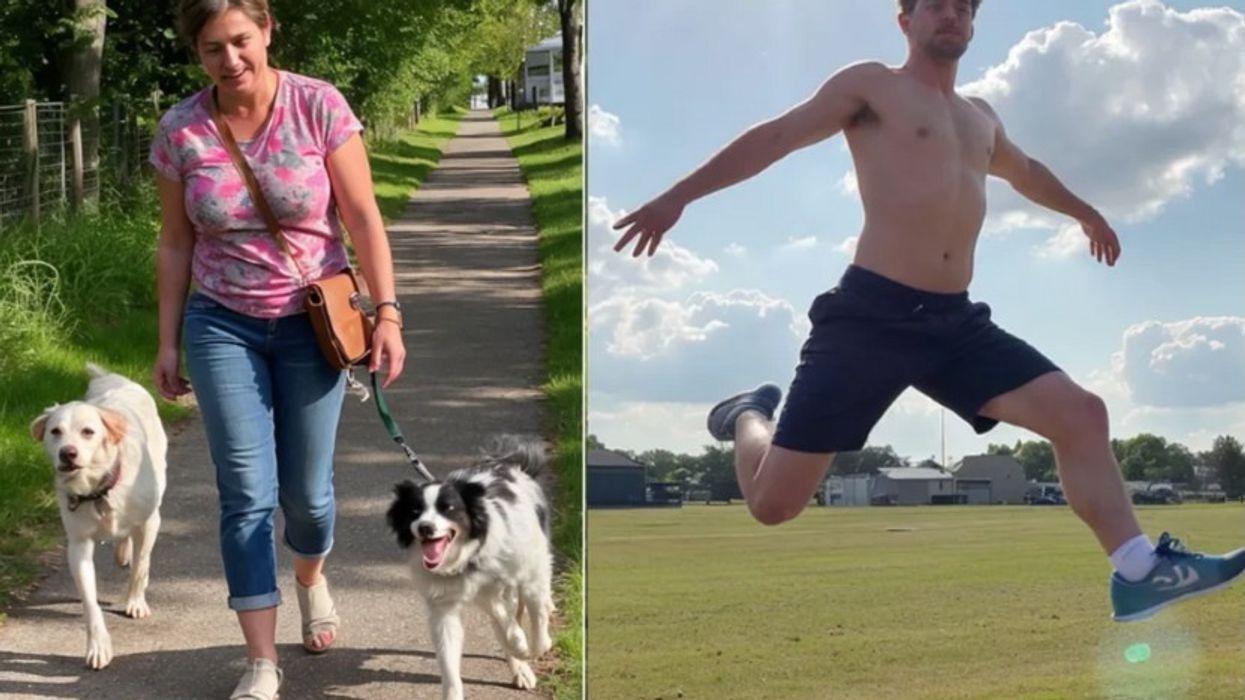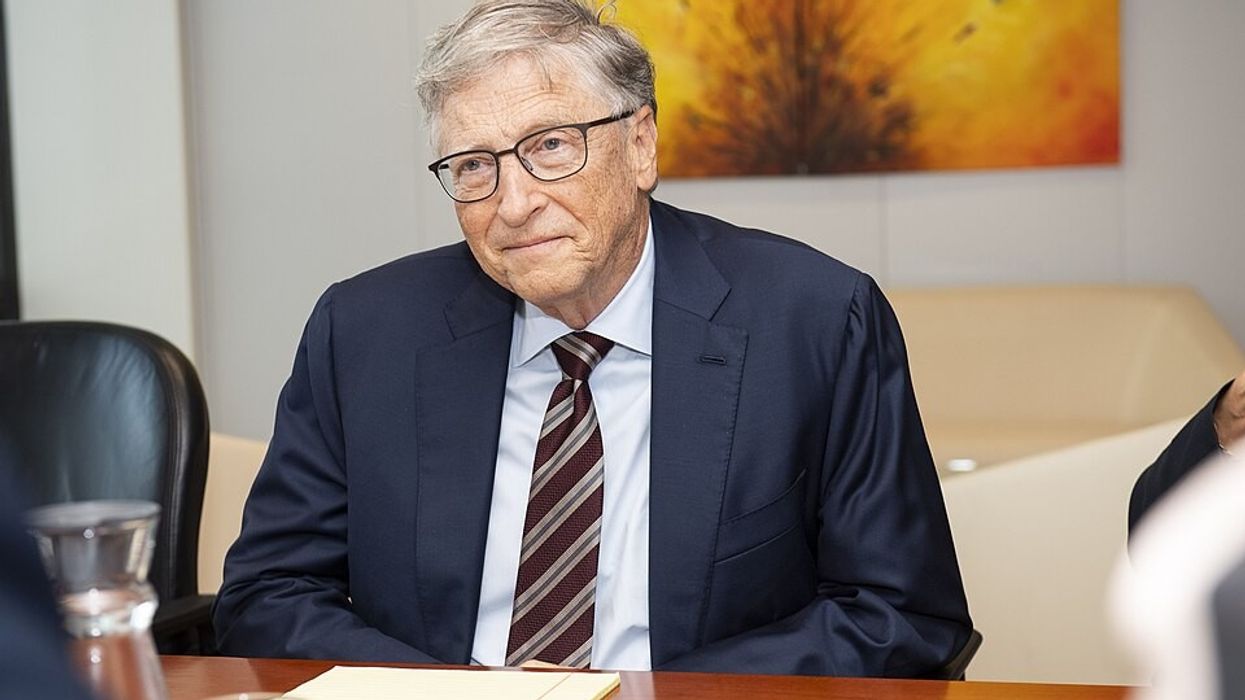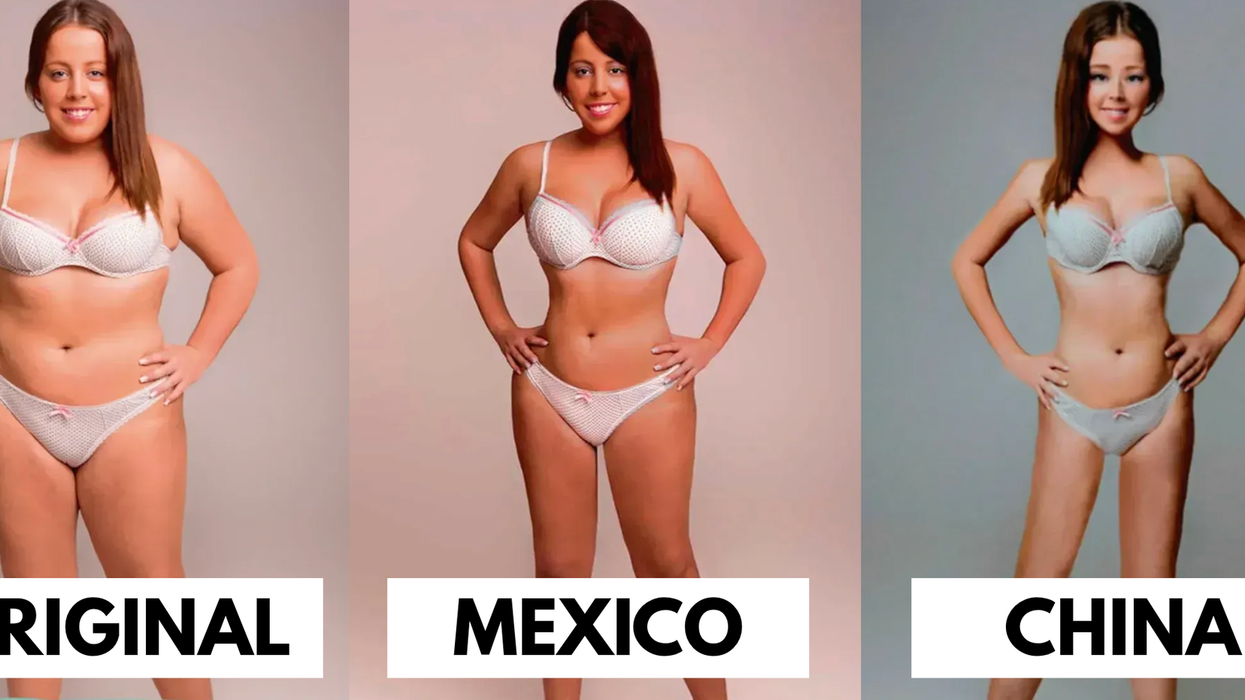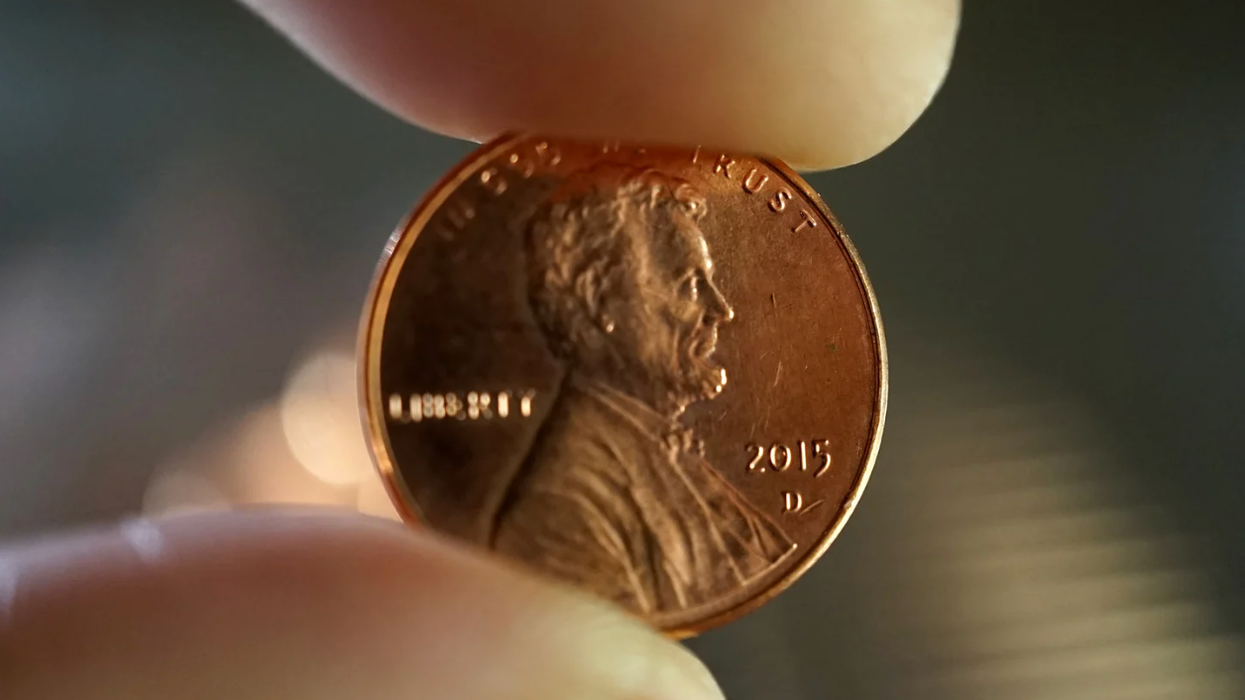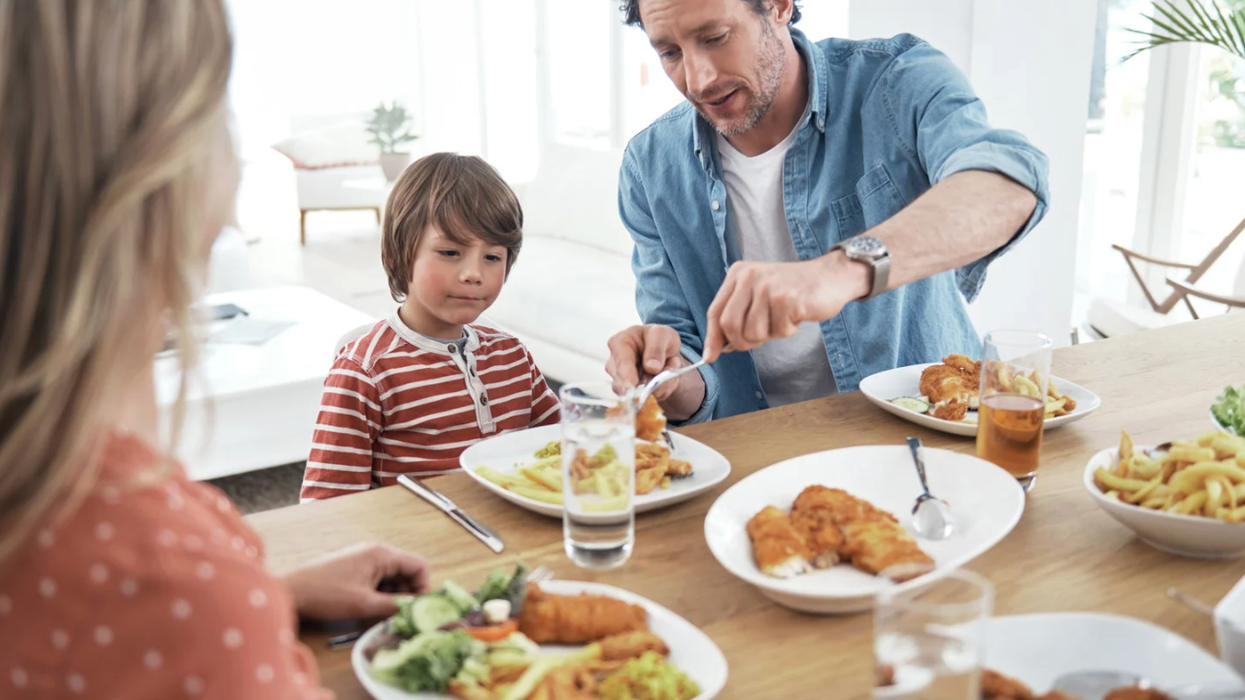It has become more difficult for people to become new homeowners now more than ever. The average cost to buy a house in the United States is over $500,000, and having a single-family home built on your property could cost an average of $323,000. However, some people today are looking for homes the same way you might look for other deals: on Amazon.
Amazon is offering customizable “tiny houses” with a front porch for under $11,000. That’s nearly twice as cheap as the average used car. The small house promises consumers to be easily assembled without any drills or nails involved due to its foldable design. There is customization in mind in which potential buyers can purchase extra rooms and amenities such as solar panels and rainwater harvesting for an additional cost. For some models, you can purchase additional floors to stack onto the base kit. This could sound like a dream for many non-homeowners, as a 2024 survey found that the majority of them don’t (or can't) buy a home due to lower incomes and higher cost of living.
@surviveandthriveco #tinyhouse #amazonhouse #amazonfinds #smallhousedesignidea #smallhousedesign #smallhouse #portablehouse
These homes advertise “a hassle-free setup, making it perfect for minimalist living, vacation homes, or rental investments.” They also ensure that the homes are made with weather-resistant materials that make the houses “built to last.”
The appeal of these small Amazon-delivered homes is similar to the tiny house movement and trend of the aughts through the 2010s. Tiny homes were seen as a way to live a minimalist lifestyle, whether that motivation was due to environmental concern, personal finances, or both. While living in much smaller homes with less amenities, tiny homes offer less of a negative environmental impact since they use less electricity and water compared to regular houses. Along with that, most tiny homeowners are able to live without accruing debt or paying a mortgage, which is good since most lenders won’t qualify tiny homes for financing. If the environment and economics wasn’t enough of an appeal, much of the tiny home trend can be attributed to social media hype and channels dedicated to tiny house living.
While purchasing a tiny home from Amazon sounds tempting given the price tag, there are some catches and caveats to be aware of. While advertised as “built to last” and “weather-resistant,” many prefab tiny homes aren’t automatically made for year-round living and are advertised as “seasonal” or “rental” properties. This means that there could be issues regarding heating and cooling the home during seasons of extreme cold or heat. As previously mentioned, many lenders aren’t willing to finance the purchase of tiny homes and it’s difficult to get homeowners insurance protection for them. Lastly, you could be living in a state which has strict zoning requirements for tiny houses or doesn’t allow them at all.
- YouTube youtu.be
However, with the current housing market being dominated by private investors over traditional buyers and conventional homeownership becoming less achievable, a person may be willing to navigate all of the aforementioned hassles and risks to live in their own place. In terms of how this will impact the real estate market or create a lasting change in American culture, time will tell.




